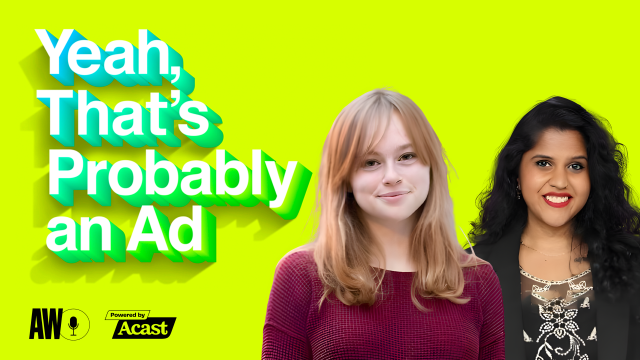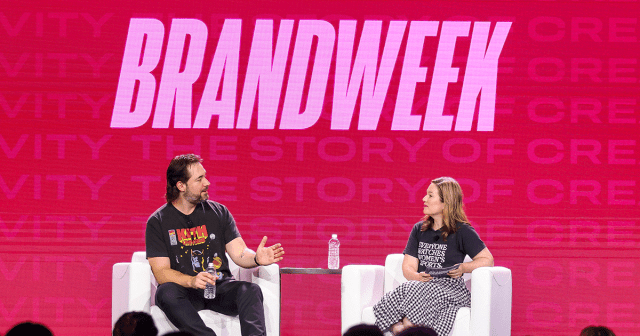What Unilever’s Agreement With X Could Mean for the Remaining Advertisers in the Lawsuit
Drive business and brand growth with winning media strategies at Mediaweek. Hear from experts at TIME, Peloton, YouTube, Google and more, October 29-30 in New York City. Register.
In a dramatic turn of events within the X versus advertisers lawsuit, Unilever has been removed from the lawsuit after coming to an agreement with X.
For context, earlier this year, Elon Musk’s X (previously Twitter) filed a lawsuit against several former advertisers, claiming they coordinated an illegal advertising boycott against the platform. This legal action comes on the heels of a significant advertiser exodus, driven largely by concerns over their ads appearing next to harmful or inappropriate content.
For a platform that benefits from brand accounts as revenue and reputation markers, X needs to figure out how to get brands back on board to hit revenue needs and shift the lingering negative brand sentiment as a social media platform and advertising channel.
Brand safety on X remains a big issue
Since Musk took over X, the platform has struggled with brand safety issues, prompting many advertisers to withdraw. A pointed reaction from Musk in December to the advertisers involved in the boycott failed to win them back. Instead, X’s recent lawsuit further alienates these brands and raises critical questions about the intent behind involving the Global Alliance for Responsible Media (GARM) and other advertiser groups in its legal strategy.
GARM, a not-for-profit coalition aimed at setting standards for brand safety, was accused of inciting an “advertiser boycott.” The lawsuit appears to be part of X’s broader drive to recover lost revenue, yet many experts doubt it will lure advertisers back. Instead, X’s legal actions suggest an unwillingness to address the underlying issues of brand safety and content moderation that have hindered the platform. GARM has since disbanded, citing that the recent allegations have significantly drained its resources and finances.
The ripple effect of Unilever’s agreement
So what does the latest news of Unilever’s agreement with X mean for the lawsuit and the future of X’s advertising relationships?
Unilever, a Fortune Global 500 brand, carries weight and could influence other brands to follow suit. Following this news, there could reasonably be calls to engage with the X legal team to negotiate and find out what the agreement was, since “if it’s good enough for Unilever, it’s good enough for us” could easily be put in a Slack message right now as others in the lawsuit figure out how to proceed.
It may also signal that X is working to get agreements for the largest and most influential brands in the lawsuit, knowing they will return the most revenue and also be able to sway small defendants to settle without a fight. If X wants to do a more widespread trust push here, it would benefit them and all companies impacted to share the agreement terms and the steps X is making to ensure brand safety and regain advertisers’ trust. Without this, it’s easy to believe it is a focus on the big and the small will just follow strategy.
For advertisers, transparent communication is crucial to rebuilding trust in a platform marred by controversy. The lack of such communication raises concerns that brands may need to settle with X to be removed from the lawsuit, potentially agreeing to terms just to resume advertising. If Unilever doesn’t want to move forward and fight the lawsuit, many smaller players will follow suit to prevent the litigation and thus minimize financial risks. Brands have to choose between litigation and the larger fear that associating with X could pose ongoing reputational risks.
What about the users?
One key audience usually forgotten during all this is the (casual or power) X user.
Depending on your level of account, you may encounter ads. With many large brands boycotting, the ads that are left tend to either be from smaller companies that shoot for mass awareness regardless of their relevance to the user, or from those who do not have concerns about brand safety or frankly are major Musk fans. The advertisers who choose to promote content on the platform impact the user experience, having the ability to clog up the feed with noise or crafting experiences that align with and convert users. It also can garner user safety if users see ads from brands they like. They are not just more likely to click on them and convert, but they are also more likely to feel like X is the place for them.
Amid these challenges, advertisers who do make agreements and return may not necessarily come back with the same or increased advertising spend. Many advertisers have diversified advertising strategies as is and have probably been testing other channels during the boycott. Depending on what they have learned from their advertising channel A/B testing, this could add another obstacle to heavy ad spending through X alone.
The situation also prompts a broader reevaluation within X. Revenue challenges persist, and while subscription models have been introduced, it’s not enough to replace lost advertising income. X might need a significant rethink of its business model, potentially shifting toward new approaches in international advertising or revamped subscription services.
At the root of it all is trust (or lack thereof)
The unfolding narrative between X and its advertisers underscores the pivotal role of trust and transparent communication in healthy brand–platform relationships. Without addressing these foundational issues, X’s efforts might be perceived as adversarial and counterproductive, potentially costing it more than just advertising dollars.
https://www.adweek.com/media/what-unilevers-agreement-with-x-could-mean-for-the-remaining-advertisers-in-the-lawsuit/

